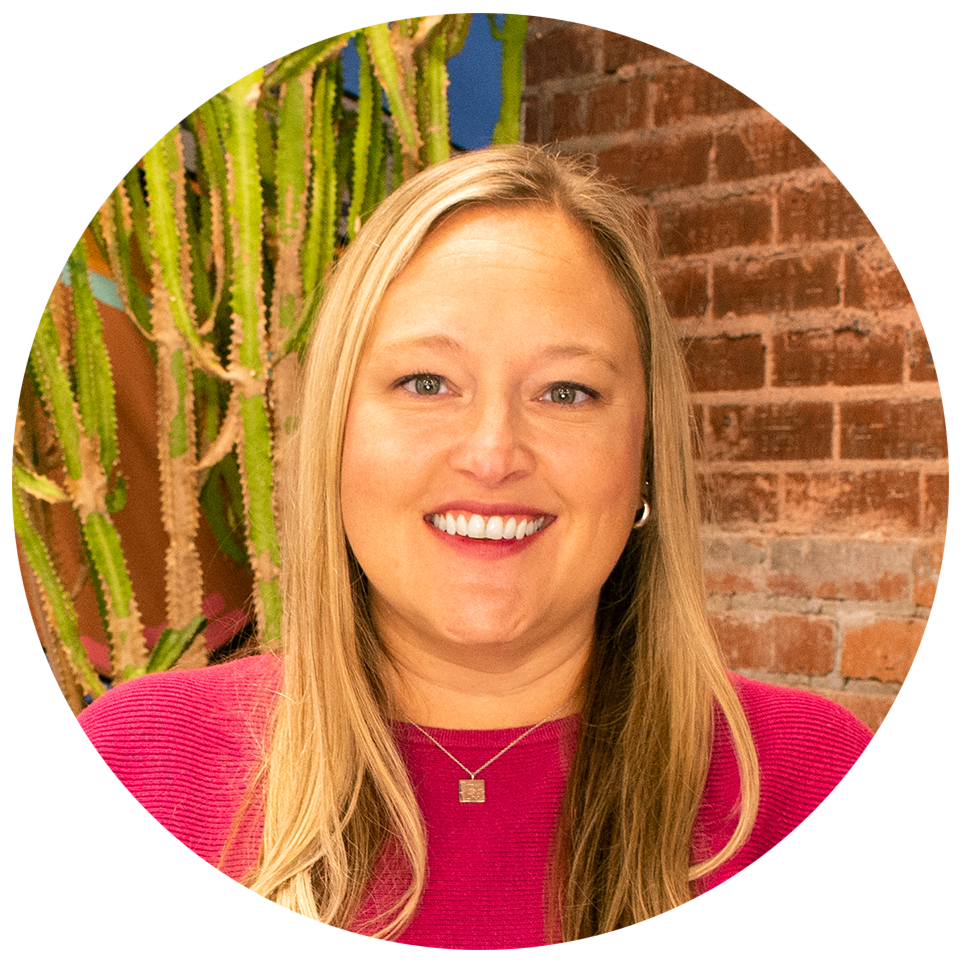The ultimate yearly planning guide for nonprofits and how to stay on track
It can be hard as a fundraiser to plan ahead, especially when you are pulled in a thousand different directions, given ever-changing goals, have a shrinking staff and/or budget and a million things on your to-do list. Plus, you just finished your year-end push and the last thing you want to do is start asking your supporters for more dollars, right?
However, there are a few simple things you can do to start planning out your year now. (Be sure to reference back during the year to stay on top of events and holidays and make sure your fundraising plans are on track during each part of the year.)
- Check out this list of holidays, national awareness days and heritage celebration months and choose one or a few each month to highlight in a giving message, newsletter or social media campaign. For instance, if your organization is all about books, you might want to mark the following as days to promote and solicit donations:
- Jan. 2 – National Science Fiction Day
- Feb. 14 – International Book Giving Day
- April 2 – International Children’s Book Day
- Aug. 9 – National Book Lover’s Day
- Sept. 6 – Read a Book Day
- Here are some tips to use these days on your social channels to raise awareness and funds. Tying together your marketing and fundraising timelines is always essential to success. Make sure to talk to your marketing team and work with them to create the right tone, graphics and messaging.
- If you are brand new to marketing, figuring out which social platforms you need to be on might be the first step. This blog can help, or you can always contact us and let us help you!
Now that you have the right resources and tools, let’s get started breaking down some ideas to keep you on track during each quarter:
1st quarter – January, February and March
Ideally, you spent a chunk of time in the fourth quarter last year thinking about your fundraising plans for this year. If you didn’t, there is still plenty of time to plan out your year. Take a second to read about annual fund planning and how you can hit the ground running in January. Remember that most people need 10-12 “asks” before they give. Between direct mail, social media, e-newsletters and personal communications, this can actually be pretty easy to hit.
Also plan on reaching out to your donors and letting them know what you accomplished in 2024. I know your financials probably won’t be complete, but that doesn’t have to stop you from sending out a recap, impact report or simplified annual report. Donors are probably already thinking about their yearly giving goals, so make sure you are top of mind and heart early in the year.
The first quarter is usually pretty quiet on the annual giving and grants fronts, but that doesn’t mean you can’t make some plans for the rest of the year.
2nd quarter – April, May and June
The second quarter brings every fundraiser’s favorite time of year – EVENT SEASON!! The type of event and who you are trying to attract will change how you market it. While you are starting to plan your strategy, have you thought about using paid digital placements? It does not take a lot of money to make a big impact on your social channels, Google Search, YouTube ads or even Spotify advertisements! Using paid advertising can be overwhelming, confusing and frustrating. It also might be a tough sell to the rest of your team if you’ve never done it. However, we’ve seen huge results from small campaigns, and I think you will too. If the idea of paying for ads is completely out of your realm of expertise, check out what we can offer.
The second quarter can sometimes be a dead zone for donor solicitation. A lot of nonprofits think asking for another donation now, so close to year end, is too much. But, what about LYBUNTS, SYBUNTS, donors who gave a smaller amount than normal or gave earlier in the year, gave to a specific event, have a large tax return coming their way, just heard about your organization, etc.? I think you get the picture. Add in a second quarter solicitation and you might be pleasantly surprised by the response. You might even want to try a digital campaign like I mentioned in the previous paragraph. New IDEAS bring new DONORS.
This can also be a great time to think through the rest of the year. If you didn’t get to write out your plan in January, you might be wondering if it’s too late to do one now. But it isn’t! Here are a few reasons why you can start now and plan out the next six, 10, 12 months or more.
3rd quarter – July, August and September
If you’ve ever read any of my blogs, you know I talk a lot, like a lot a lot about planning. While it may seem very early to start thinking about your year-end strategy, it really isn’t. And think about how nice it will be to have everything planned and ready to go before October! We created a year-end planning checklist to help you get moving. We also have a webinar series all about planning your year-end appeal.
Did you know we also do strategic planning? Download our strategic planning e-book and then contact us to get started on your next strategic plan. A realistic, workable strategic plan is imperative to the long-term success of your organization. We work with you, your stakeholders and your board to identify your goals and create a solid, task-oriented plan that will drive your success.
4th quarter – October, November and December
The fourth quarter is known in the fundraising world as the busiest time for giving and is packed with Giving Tuesday, Thanksgiving, the holiday season and nearly 30% of all giving. While it’s a crazy time, don’t let the holiday giving season get you down! Read through this year-end pep talk to tackle it all with a smile. You might also need some help keeping your team motivated and engaged as the year winds down.
Our fun December countdown calendar is filled with tips, important dates and ideas to engage your donors in the final month of the year.
The other big thing you’ll probably be working on this quarter is your budget. As I said earlier, not every project has to cost a lot to make a big impact. Using pieces for many things, getting the most out of the resources you have and using new technology might just stretch your budget enough to hit your goals and try a few new things along the way.
Breaking your year down into quarters can be an easy way to figure out what you want to do without tackling an entire year in January. It’s also a good way to take time each quarter to check in on your plans and progress. Meet with your team, brainstorm and encourage creativity. If you are the type of person to make resolutions, add this one to your list: I will try one new fundraising idea in 2025. It can be big or small, but really think outside of the box this year. Donor communications are not a perfect science. What works for one organization may not work for others, but a new idea just might spark new funding opportunities for you and your donors. Have a great 2025!
Like what you read? Subscribe to our weekly blog and it will be delivered directly to your inbox!

Sara Lundenberger - VP, Nonprofit services & operations
Although Sara never meant to be a fundraiser, her first post-college job was as a development assistant and she never looked back. She loves working with our nonprofit clients because they know what they want to achieve, but they may not always know how to get there. She integrates fundraising best practices with an organization’s capacity to create processes and plans that are usable. Sara truly believes nonprofits make the world a better place. From her previous positions to the fantastic clients she works with now, she learns a little more about the world we live in every day. We are all touched by a nonprofit organization every day, whether we know it or not.

